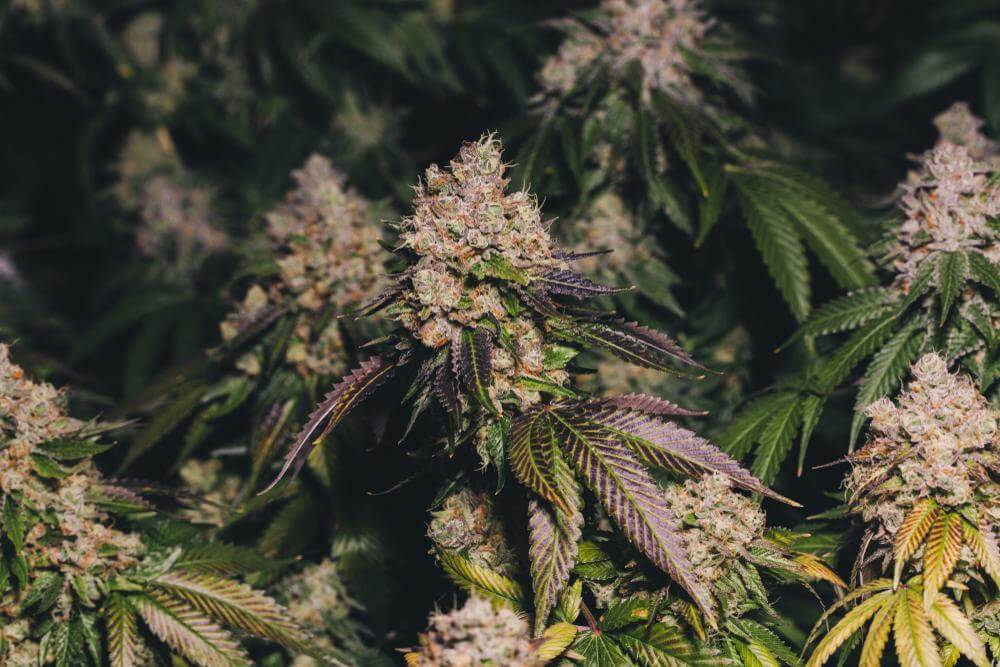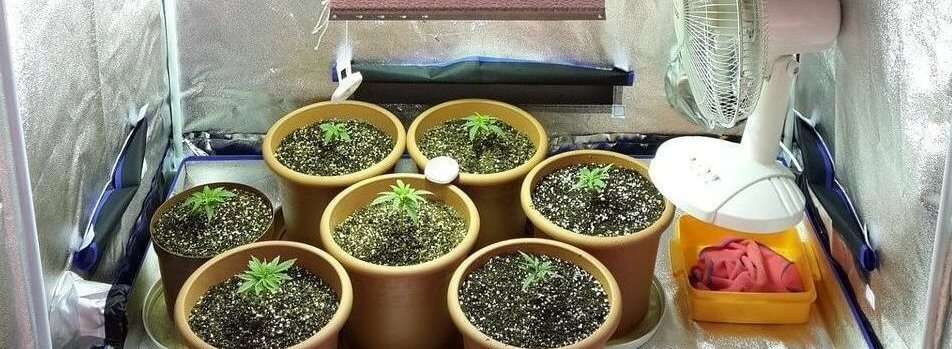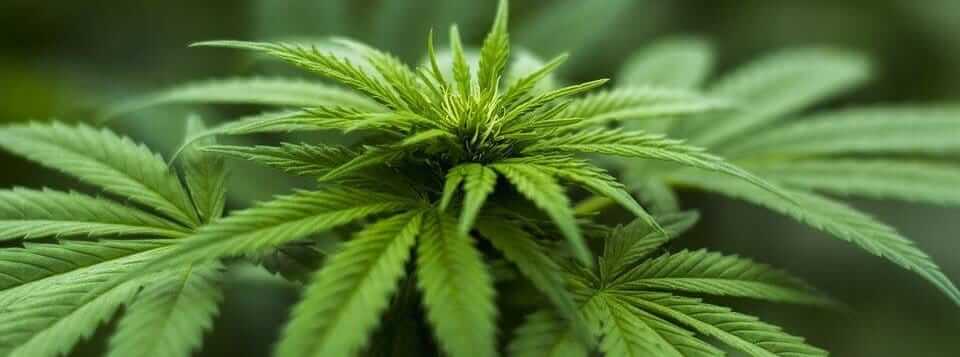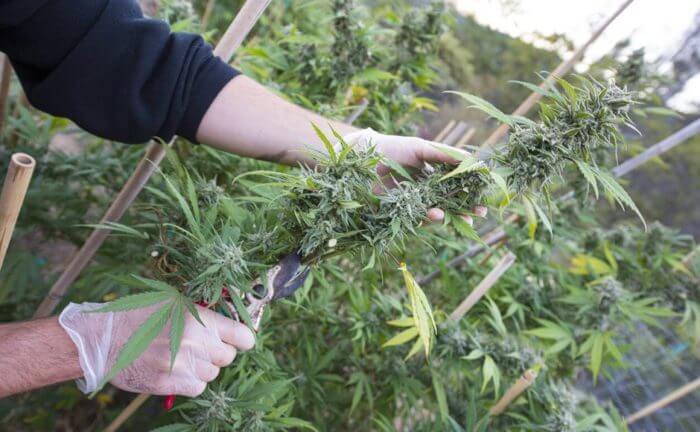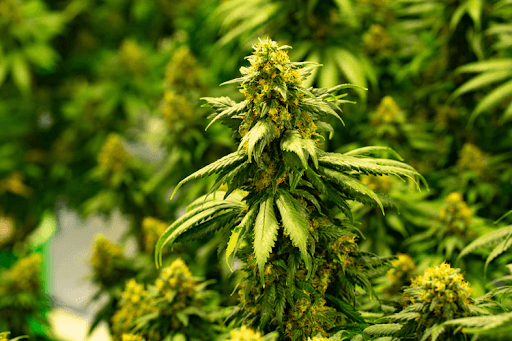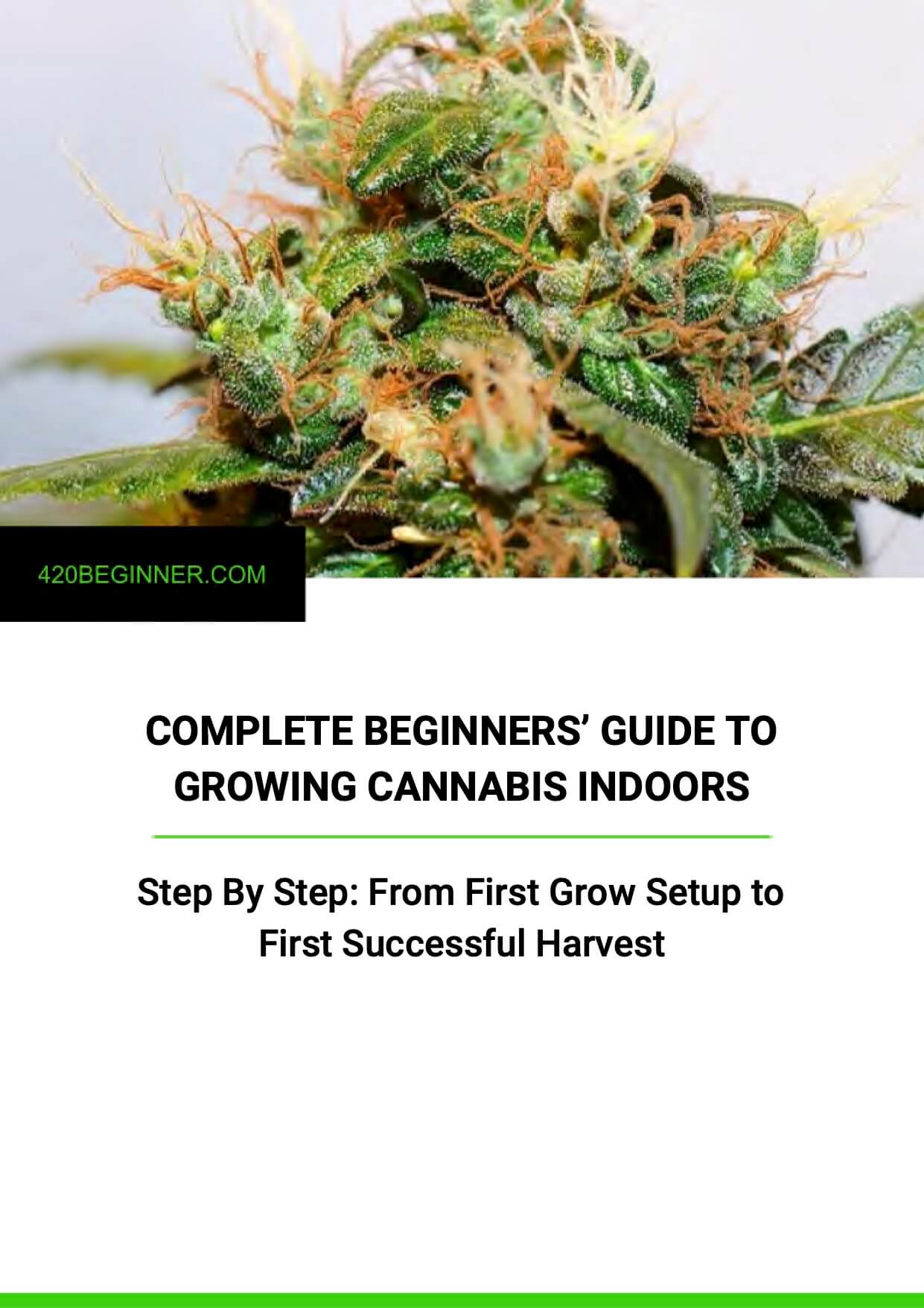Maximize the Quality of Your Buds
Cannabis buds need a lot of tender loving care to produce great quality buds. Sometimes, your cannabis plant will grow very well but still, the buds are inferior. In fact, many experienced growers struggle to achieve high-quality buds despite their many years of practice.
Luckily, there are quite a few things you can do to maximize the quality of your buds, from maintaining optimum conditions to knowing when and where to harvest. Crop them too early or too late and your buds won’t have the potency you’re looking for. It’s all about the timing.
Fortunately, you don’t have to try and test on your own – we’ve already done that all for you. Here are some great tips and tricks to ensure your cannabis plant yields top-shelf quality nugs.
#1. Get Top-Shelf Cannabis Seeds
High-quality cannabis seeds are the most important aspect of achieving high-quality buds. In short: if you want top-shelf weed, you need to start with top-shelf seeds.
The genetics of the weed you’re growing matters. If you start out with seeds that are mid-grade or clones, you may not be able to get the best quality buds. No matter what you do, you simply cannot change genetics.
So, do your research about the different types of seeds available and the various online cannabis seed banks where you can source high-quality seeds. There’s really no point trying to grow anything sub-par.
#2. Be Mindful About Proper Humidity and Temperature
Without the right temperature and humidity conditions, you’re unlikely to get the results you’re looking for. It’s vital that you maintain these conditions strictly – any slight changes can result in low-quality buds.
Here are the desired conditions, in a nutshell:
- Seedlings: 65 to 75° Fahrenheit and 60% humidity is desirable during the first two weeks of growing weed.
- Adult plants (with lighting): A maximum of 80° Fahrenheit and 55% humidity if you’re growing your weed outdoors.
- Adult plants (without lighting): 62° and 72° Fahrenheit and 55% humidity if you’re growing your weed indoors.
However, keep in mind that these numbers may vary depending on the strain of weed you’re trying to grow.
#3. Give Them Enough CO2.
If you’re growing your plant indoors, maintaining the right levels of carbon dioxide is very important.
Carbon dioxide is required for any plant to perform photosynthesis, i.e. the process by which plants produce energy by absorbing light. The same goes for cannabis plants. They need plenty of CO² to grow to their full potential. Many people growing weed plants forget about this and end up with low-quality buds.
So, make sure that the room you’re growing your weed in has ample CO². However, make sure you don’t inhale too much of it as it could be harmful.
#4. Let There Be Light!
Out in the wild, cannabis plants grow best under bright sunlight. When you’re growing your cannabis outside, you don’t have to worry too much. However, when it comes to growing weed indoors, the plant often doesn’t get enough of the light it needs to grow properly.
Therefore, ample lighting is essential. Place your plants in a place that gets plenty of natural sunlight, such as on the windowsill or under a skylight.
If you’re not able to do this, you may want to consider installing the right kind of lights. A couple of years ago we would be looking at Metal Halide (MH), or High-Pressure Sodium (HPS). However, times have changed, and now we really recommend LEDs. Using these, you’ll be able to grow bigger and denser buds.
#5. Give Your Plant the Nutrients It Needs
Top buds can only form if the cannabis plant receives the right nutrients. During each of its growth stages, plants have different needs. For example, it will need different levels of nitrogen (N), phosphorus (P), and potassium (K).
For the flowering stage, make sure your plant receives low levels of nitrogen, but a high amount of phosphorus and potassium.
Be careful not to give your plant the nutrients you’d give to other plants, as they contain high levels of nitrogen which can stunt its growth.
#6. Consider the Container Space
You may think that in order for a weed plant to grow, it needs a large container. But that isn’t quite true. When you use large containers, the cannabis plant needs to put in more effort to reach the nutrients in the soil. As a result, buds take longer to grow in large containers.
Using a medium-sized container is best so that the soil’s nutrients are within easy reach and the plant still has enough room to grow.
#7. Prune Your Plant at the Right Time
Simply put, pruning is the act of cutting or trimming the plant to get rid of any unnecessary parts. Pruning is often helpful in order to maximize the yield of your buds.
You’ll want to prune your cannabis plant to get rid of buds that are too small or any that seem below average.
It’s important to prune at the right time, i.e. during the vegetation growth stage of your cannabis. Avoid pruning your plant while it’s flowering as it needs a couple of days to recover from its lost parts.
#8. Get the Right Airflow
In addition to the right temperature and humidity conditions, proper ventilation is vital for growing top-shelf quality buds.
For small or mid-sized plants, a couple of oscillating fans would do the job. But if you have larger plants, you’ll need better ventilation to get rid of the excess heat and humidity in the air.
#9. Harvest at the Right Time
We often make the mistake of harvesting the buds as soon as they start to smell good or when we think the buds look ready. That, of course, won’t give you the desired quality.
On the other hand, you shouldn’t wait too long to harvest your buds either otherwise, they’ll start to lose their potency.
The optimum time to harvest the buds for the highest potency depends on the type of strain you’re using. There are various signs to look out for, but most experts recommend harvesting your weed when about 60 to 70% of the hairs have darkened.
Bear in mind that some strains will still have white buds even when it’s ready to harvest, so it really just differs from strain to strain.


